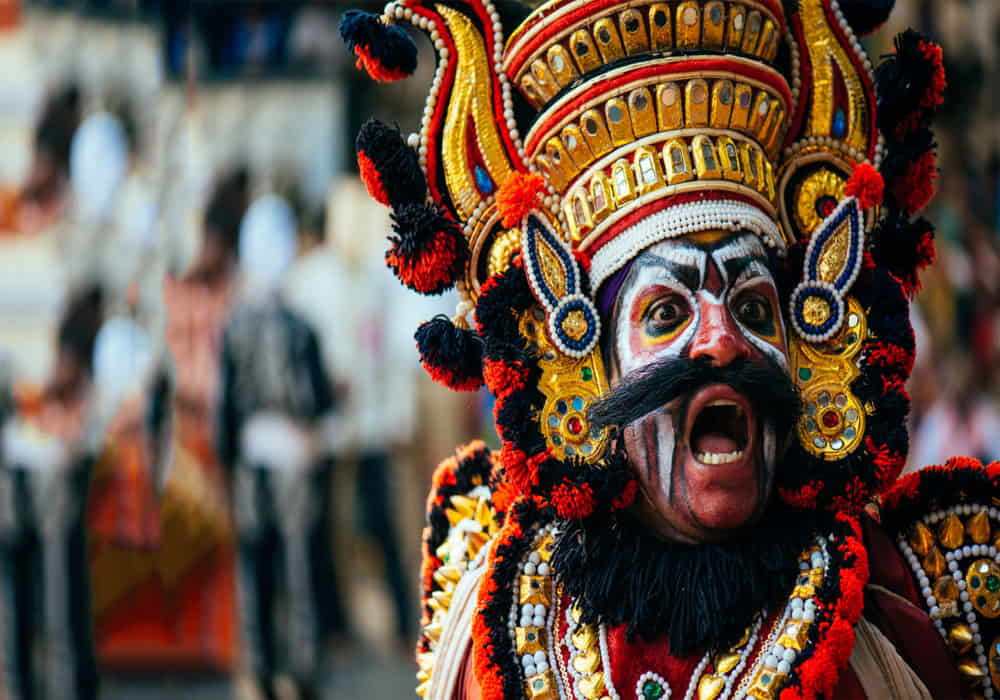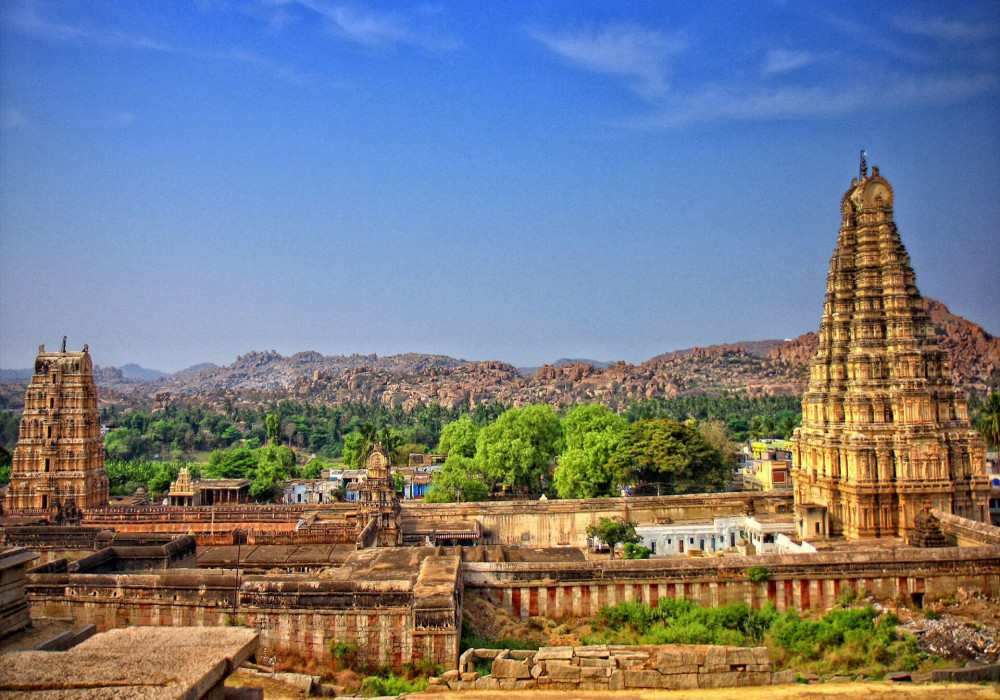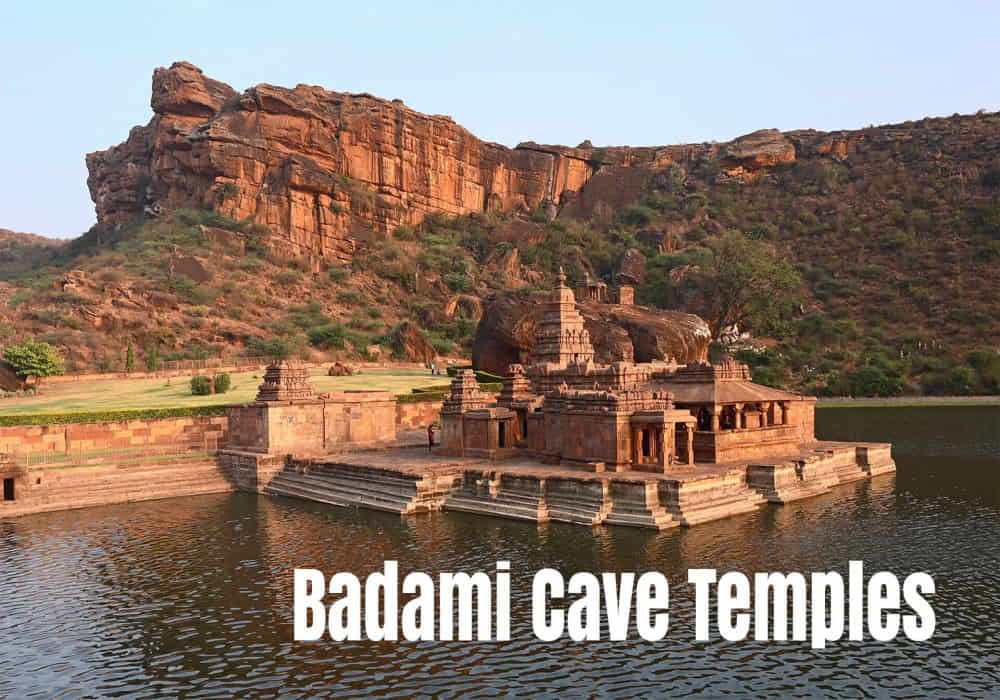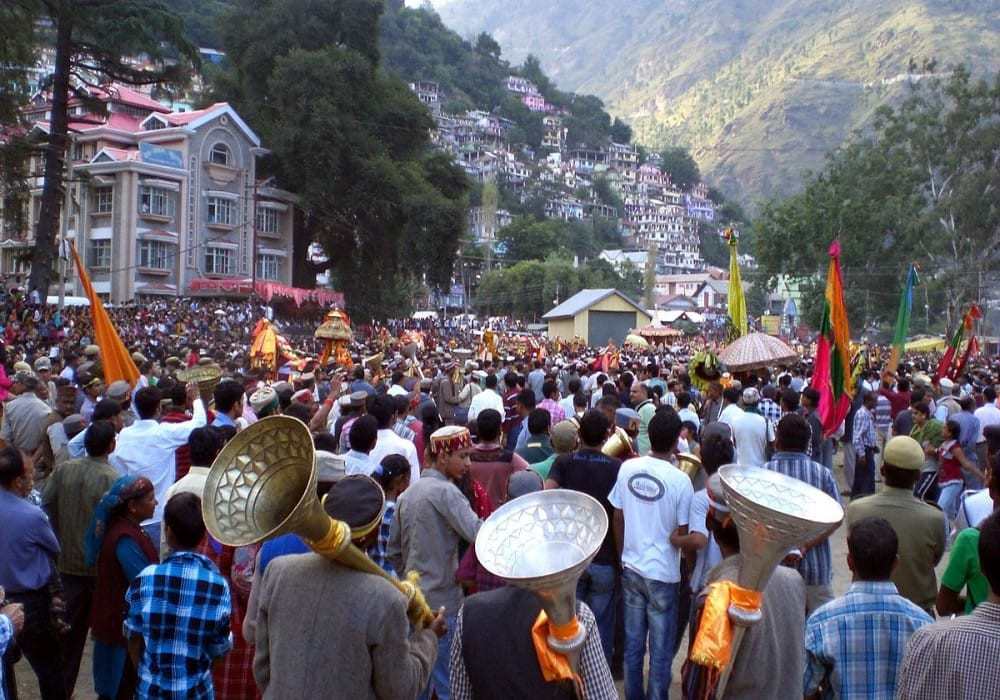
Last Updated At: 16-Nov-2023
11 Best Places To Visit In Hampi | Nature, Culture, And Serenity
Situated in the heart of Karnataka, India, lies a place that seems frozen in time, where history and mythology intertwine to create a mesmerising tapestry of ancient ruins and breathtaking landscapes. Welcome to Hampi, a UNESCO World Heritage Site that beckons travellers from around the globe with its rich cultural heritage and awe-inspiring architectural marvels. While exploring places to visit in Hampi, you will be transported back to a bygone era when grandeur and spirituality coexisted in perfect harmony.
In this guide, we will explore the must-visit places in Hampi that capture the essence of this extraordinary destination, offering a glimpse into its glorious past and the sheer wonder it continues to evoke in modern times. After going through this guide, you will not be required to search the Hampi tourist attractions map.
List Of 11 Best Places To Visit In Hampi
- Virupaksha Temple | Spiritual and Architectural Significance
- Hampi Bazaar | Cultural and Culinary Experiences
- Vitthala Temple | Architectural Marvel and Acoustics
- Matanga Hill | Scenic Viewpoints and Photography
- Achyutaraya Temple | Serenity and Architectural Elegance
- Elephant Stables | Historical Significance and Engineering Marvel
- Tungabhadra River Coracle Ride | Riverside Experiences and Nature Exploration
- Hemakuta Hill Temple Complex | Many Small Temples
- Anegundi Village | Glorious in all Sense of the Word
- Lotus Palace | Petals of a Blooming Lotus Flower
- Hanuman Temple | Monkey Temple
1. Virupaksha Temple | Spiritual and Architectural Significance
The Virupaksha Temple is the most iconic and sacred in Hampi, dedicated to Lord Shiva. It is a marvel of Dravidian architecture with its towering gopuram (entrance tower) and intricate carvings. It comes under Hampi Unesco World Heritage sites and is a must-visit place when you are in Hampi.
- Major Attractions: 160-foot Tall Gopuram, Pillared Halls,
- Best Things to Do: Seek Blessings, Witness Religious Ceremonies, and Enjoy a Peaceful Walk along the Tungabhadra River.
- Distance from Hampi: 1 km from city centre.
2. Hampi Bazaar | Cultural and Culinary Experiences
The bustling Hampi Bazaar is a lively street that offers a glimpse into the region's history and culture. It must be included if you are planning Hampi day trip itineraries. It's lined with charming shops, restaurants, and guesthouses.
- Major Attractions: Virupaksha Temple
- Best Things to Do: Savour Local Delicacies and Indulge in some Souvenir Shopping.
- Distance from Hampi: 1 km from city centre.
3. Vitthala Temple | Architectural Marvel and Acoustics
The Vitthala Temple is a masterpiece of architecture known for its iconic stone chariot and musical pillars. One of the top 10 temples to explore in Hampi, the intricate carvings and craftsmanship are awe-inspiring and a sight to behold.
- Major Attractions: Stone Chariot, Musical Pillars,
- Best Things to Do: Marvel at the Stunning Architecture, Capture Beautiful Photos, and Attend the Evening Light and Sound Show.
- Distance from Hampi: 1 km from city centre.
4. Matanga Hill | Scenic Viewpoints and Photography
Matanga Hill offers a panoramic view of the entire Hampi landscape. It is one of the budget-friendly places to see in Hampi. The hike to the summit is worth it for the breathtaking sunrise or sunset views.
- Major Attractions: Tungabhadra River.
- Best Things to Do: Hike to the Hilltop and enjoy a Tranquil Sunrise/Sunset,
- Distance from Hampi: 1 km from the city centre.
5. Achyutaraya Temple | Serenity and Architectural Elegance
The Achyutaraya Temple is a historic temple complex with intricate carvings and a unique architectural style. It's less crowded, offering a serene atmosphere. Explore the stunning ruins and intricate carvings, and enjoy the tranquil ambience.
- Major Attractions: Carvings, Monolith Blocks and Pillars
- Best Things to Do: Discover the Lesser-visited Temple and Capture the Beauty of the Architecture.
- Distance from Hampi: 1 km from city centre.
6. Elephant Stables | Historical Significance and Engineering Marvel
The Elephant Stables are a remarkable structure showcasing the grandeur of the Vijayanagara Empire. These imposing domed chambers once housed the royal elephants. Its structure is very impressive, and it was used to shelter elephants during the rule of the Vijayanagara Empire.
- Major Attractions: Impressive Architectural Design and the Size of the Chambers.
- Best Things to Do: Explore the Stables, Learn about the History, and Appreciate the Engineering Prowess.
- Distance from Hampi: 1 km from city centre.
7. Tungabhadra River Coracle Ride | Riverside Experiences and Nature Exploration
A coracle ride on the Tungabhadra River offers a unique perspective of Hampi's landscapes. These circular boats are a traditional mode of transport. Enjoying the coracle ride at the river will give a unique experience to cherish for a lifetime.
- Major Attractions: The Serene River, Lush Surroundings, Wildlife.
- Best Things to Do: Enjoy a Coracle Ride and Birdwatch along the Riverbanks.
- Distance from Hampi: 1 km from city centre.
8. Hemakuta Hill Temple Complex | Many Small Temples
Hemakuta Hill is dotted with numerous small temples and ruins, providing a peaceful atmosphere and fantastic sunset views. Its architecture is very advanced compared to other temples at Hampi. It offers a great view of Hampi Bazaar.
- Major Attractions: Temple Complex, Golden Hues of the Boulders.
- Best Things to Do: Visit the Hilltop Temples, Enjoy the Sunset, and Engage in Photography.
- Distance from Hampi: 1 km from city centre.
9. Anegundi Village | Glorious in all Sense of the Word
Anegundi, located on the northern banks of the Tungabhadra River, is a quaint village with a rich historical and cultural heritage. If you want to explore historical ruins in Hampi, just head to this place.
- Major Attractions: Explore ancient cave paintings, visit the Anjaneya Hill, and witness the rural way of life.
- Best Things to Do: Discover the village's history, interact with locals, and hike to Anjaneya Hill for panoramic views.
- Distance from Hampi: 3 km from city centre.
10. Lotus Palace | Petals of a Blooming Lotus Flower
Also known as Kamal Mahal, is one of the many fascinating architectural marvels that can be found in the historic town of Hampi. The Lotus Palace is a testament to the artistic and architectural prowess of the Vijayanagara Empire. The Lotus Palace is an exquisite two-story structure that showcases a unique blend of Hindu and Islamic architectural elements.
- Major Attractions: Lotus-Shaped Dome
- Best Things to Do: Explore its History and Take Leisurely Strolls
- Distance from Hampi: 2 km from city centre.
11. Hanuman Temple | Monkey Temple
It is one of the best religious places to visit in Hampi. Located at the top of the hill, one is required to cross the river by boat and then reach the temple. It is considered a pious place for Hindus. There are intriguing legends attached to the temple and you will love to explore them.
- Major Attractions: The Idol of Lord Hanuman
- Best Things to Do: Offer Prayers and Enjoy the Divine Bliss
- Distance from Hampi: 4 km from city centre.
Now you have a comprehensive list of places to visit in Hampi, we hope you have a great time. If you are a photography enthusiast, the best time to visit Hampi for photography is monsoon season. If you are a history buff or nature lover, the best time is October to March.
Hampi is not just a destination; it's a journey into the annals of history, a place where every stone tells a story, and every corner reveals a hidden treasure. Plan your trip to Hampi and places across the globe with Adotrip.com. Enjoy a wealth of information, end-to-end travel assistance and BOOK Flights, Hotels, and Tour Packages under one roof.
With us, nothing is far!
Book Hampi Tour Packages
Frequently Asked Questions About Best Places To Visit In Hampi
Q1. What are the must-visit historical sites in Hampi?
A1. Must-visit historical sites in Hampi are :
- Virupaksha Temple
- Vitthala Temple
- Achyutaraya Temple
- Elephant Stables
- Anegundi Village
- Lotus Palace
- Hanuman Temple
Q2. Are there any trekking options in and around Hampi?
A2. Trekking options in and around Hampi are:
- Hemakuta Hill trek,
- Matanga Hill trek
- Anjaneya Hill trek
Q3. What is the best time to visit Hampi to avoid extreme weather?
A3. The best time to visit Hampi to avoid extreme weather is October to March.
Q4. How can I explore the ruins of Hampi efficiently in a day?
A4. You can explore the ruins of Hampi efficiently in a day by renting bicycles or push bikes.
Q5. Are there any guided tours available for exploring Hampi's attractions?
A5. Yes. Speak to our travel mavens at Adotrip, who will help you with reliable information.
--- Published By Adotrip
Latest Blogs

Long Weekends In India 2025 - List of Holidays

Kazakhstan Travel Guide 2025: Affordable Luxury, Visa Free E...

Think Ayodhya is Just Temples? Discover Its Hidden Artistic...

Why Azerbaijan is the Best Budget Friendly Alternative to Sw...











 Dubai
Dubai Malaysia
Malaysia USA
USA





